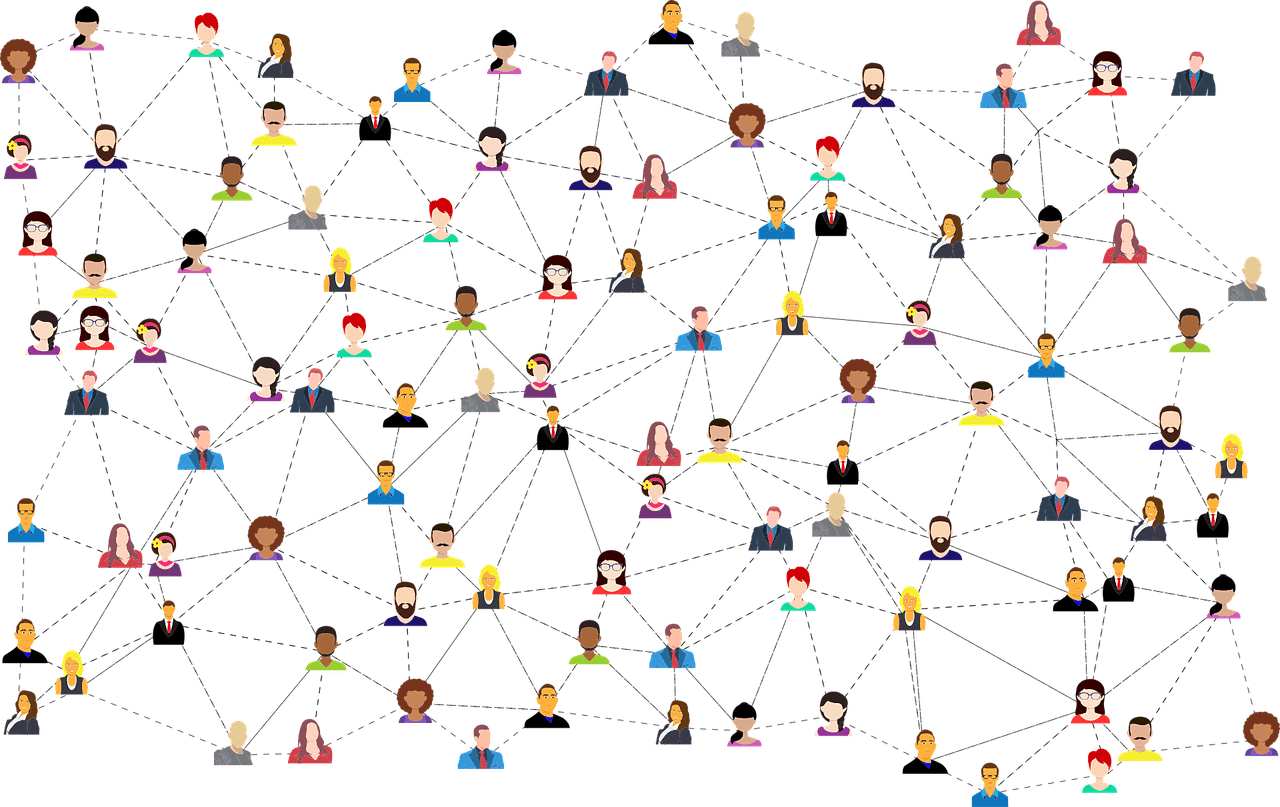When observing great teams at work, the first apparent thing is a ‘flow’ or the harmony between team members.
To the unacquainted, this might look like a lucky happenstance that a group of people can gel as a coherent unit and deliver outstanding performance.
But what if great teams don’t just come together as a matter of coincidence?
What if great teams can be built with the help of science?
What science says about great teams
Traditionally team building has been thought of as mostly art and not science. Great teams have members who mesh perfectly into a highly functional unit.
They have the energy, bond, creativity, and shared commitment that makes them stand out from average teams.
Until recently, these were thought to be intuitive and immeasurable qualities; however, experiments at MIT’s Human Dynamics Laboratory uncovered measurable group dynamics that characterize great teams.
As part of the study, researchers equipped members of highly functional teams across different industries ranging from hospitals to call centers with electronic badges.
The badges were designed to collect data about communication such as body language, tone of voice, length of interaction, and the people with whom the interactions took place most frequently.
What they found was surprising- the most important predictor of success was the pattern of communication.
In other words, how something is communicated carries more weight than what was being communicated.
The researchers at the lab identified three key elements of effective communication that affect team performance:
Energy
Energy is measured by the nature and number of exchanges between each team member.
An exchange can be something as simple as a nod, a comment, or a “yes.”
Great performing teams always have buzzing energy where everyone is in constant communication; there is a free flow of ideas and acknowledgment.
Engagement
Engagement refers to how much energy is distributed among the team members.
It is measured as the average number of interactions between the team members.
It was observed that teams with high levels of engagement made better decisions while partially engaged teams performed worse.
Exploration
Exploration refers to how much members between different teams communicated.
It is fundamentally the energy and interactions between two groups.
High-performing teams sought more outside connections and scored high on exploration.
The bottom line is that communication is the single most crucial aspect contributing to high-performing teams.
A well-established internal communication strategy builds solid teams and improves the functionality between teams.
What Internal Communication Entails

Internal Communication in organizations aims to enable seamless flow of information between different departments and teams.
It facilitates information flowing up and down the management-employee hierarchy and across teams.
Having robust internal communication helps in communicating transparently and nurturing organizational culture.
It is essential to have an internal communication plan that acts as a roadmap.
Having a good understanding of the sources of internal communication and channels makes it easier to formulate tactics for specific initiatives.
The general sources of internal communication can be divided into five types:
- Managerial: Important general information such as plans, strategies, results, and other information that comes down from the management.
- Resources: Encompasses information flowing from various sources such as social media, intranet, email, messaging, telephone, and video calls.
- Teams: Communication between members of the same team or different teams.
- Peer-to-peer: Informal talks between employees and members of the same team.
- Face-to-face: Communicating information directly to individuals or teams.
Communication channels include verbal, paper, and electronic mediums such as instant messaging, emails, video calls, phone calls, paper policy documents, etc.
Role of internal communication in facilitating great teamwork

Internal communication needs to increase energy, engagement, and exploration of teams in an organization to increase their effectiveness. It can do that since:
It Is The Primary Source of Information
Information can take many different paths to reach teams and employees.
When all the channels are open, it makes employees susceptible to an information overload, and that’s where a strategy is useful.
An excellent internal communication plan enables teams to deliver the right information to the relevant people using a proper channel.
It Promotes Transparency
Good internal communication is built on transparency which is at the heart of trust.
Trust is an essential factor that enables team members to communicate openly, share ideas, inputs, and constructive criticism.
A culture of transparency also goes a long way in promoting exploration.
According to 81 percent of employees, the most important factor affecting employee engagement is trust in leaders, followed by an employee’s immediate relationship with their supervisor.
It Boosts Employee Engagement
An energetic team is composed of highly engaged individuals who are optimistic and team-oriented.
Strong internal communication boosts employee engagement by making them feel valued.
Their commitment to the task and team translates into the most effective ways to utilize internal communication for success.
It Fosters Organizational Culture and Values
A crucial aspect of what makes up great teams is an environment conducive to such teams’ development.
The environment is the organization’s culture and value systems, making it a great place to work.
Internal communication plays a crucial role in promoting the organization’s culture and aligning employees with its values.
Conclusion
Building and managing great teams require more than just putting together a bunch of people with different talents and skills into a group.
To make them highly functional, it is essential to foster effective communication.
Team members must not only have a seamless flow within the group, but they should also be able to establish robust communication with other teams.

This is a guest post by Mary Reddy. She is a content marketer with 20 years of experience. Her career spans GE Money, Google, and some growth-stage startups. At Xoxoday, she handles product messaging and positioning for Empuls, an employee engagement platform. Empuls by Xoxoday is an all-in-one employee engagement platform that helps small and mid-size businesses improve company culture and bring the digital workplace to life.




